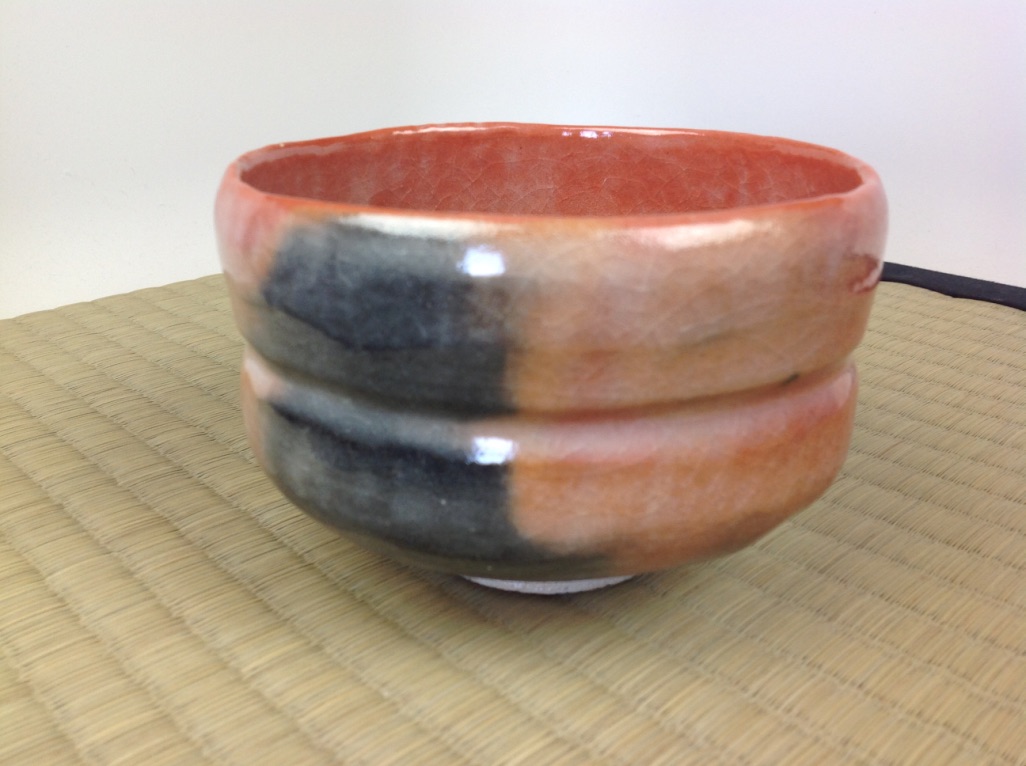Introduction
About Tea
History
Way of Tea
Iemotos
Tea Licenses
First Class
Virtual Scroll
Video Library

Iemoto System
The Japanese Tea Ceremony is taught via the iemoto system. The iemoto system developed in Japan centuries ago to facilitate the learning of traditional Japanese performing arts. It preserves the tradition by having one grand master ("iemoto") teaching the tradition and providing licenses to students to learn the art form. When a student becomes sufficiently proficient, they can receive a license to teach the art/tradition. The iemoto (term for the grand master of the tradition) has supreme authority for the tradition.
There are several chanoyu traditions, including some tea schools based on the daimyo-style using shoin. A shoin is a study or formal receiving room in Japanese architecture. These rooms were used to entertain guests while showing off Chinese paintings and other crafts. One of the surviving schools is Sekishu Ryu – founded by Katagiri Sekishu. It was appointed as the tea ceremony style of the Shogunate family by the third Shogun Tokugawa Iemitsu (1604 - 1651).
After the exile and death of Sen no Rikyu, Rikyu's adopted son, Shoan, took refuge in Aizu-Wakamatsu with Gamo Ujisato, one of Rikyu’s disciples. With Gamo's help, the Sen family was reinstated. About three years later, Hideyoshi relented and pardoned the family. Shoan moved to Kyoto, while his brother, Doan, stayed in Sakai. Shoan retired as iemoto shortly after moving because he believed that Rikyu’s direct descendant should head the household. Shoan was the son of Rikyu's second wife and married Rikyu's daughter so that his son, Genpaku Soutan, was a direct descendant of Rikyu.
In 1596, at the age of 18, Genpaku Soutan took over as the head of the Sen family. While he shunned public office, he played a key role in transmitting the ideals of Rikyu's way of tea. He had four sons, two from his first wife and two from his second. In 1646, Genpaku Soutan retired to the back of the property, giving the role of iemoto to his third son, Koshin Sosa.
In 1658, Genpaku Soutan's fourth son, Senso Soshitsu, after serving as tea master for Maeda Toshisune for about five years, returned to Kyoto and used the back half of the Kyoto property to teach tea. With this, Koshin Sosa's school of tea became known as omotesenke (Front Sen House) and Senso Soshitsu's school became urasenke (Back Sen House).
Later, Genpaku Soutan's second son founded the mushakoji-senke on a different property.
Omotesenke Iemotos
In the omotesenke tradition of tea, there have been 15 iemotos:
- 千利休 Sen no Rikyu Koji (1522 - April 21, 1591)
- 千少庵 Shoan Sojun (1546 - September 7, 1614)
- 宗旦 Genpaku Soutan (1578 - December 19, 1658)
- 江岑斎 Koshin Sosa (1613 - October 27, 1672)
- 随流斎 Zuriyusai Ryokyu (1650 - July 19, 1691)
- 覚々斎 Kakukakusai Genso (1678 - June 25, 1730)
- 如心斎 Joshinasai Tennen (1705 - August 13, 1751)
- 啄斎 Sottakusai Ken’o (1744 - October 6, 1808)
- 了々斎 Ryoryosai Koshuku (1775 - August 7, 1825)
- 吸江斎 Kyukosai Shoo (1818 - June 6, 1860)
- 碌々斎 Rokurokusai Zuio (1837 - January 7, 1910)
- 惺斎 Seisai Keio (1863 - July 18, 1937)
- 即中斎 Sokuchusai Mujin (1901 - August, 29, 1979)
- 而妙斎 Jimyosai Sosa (1938 - Retired)
- 猶有斎 Yuuyuusai (1970 - Present)